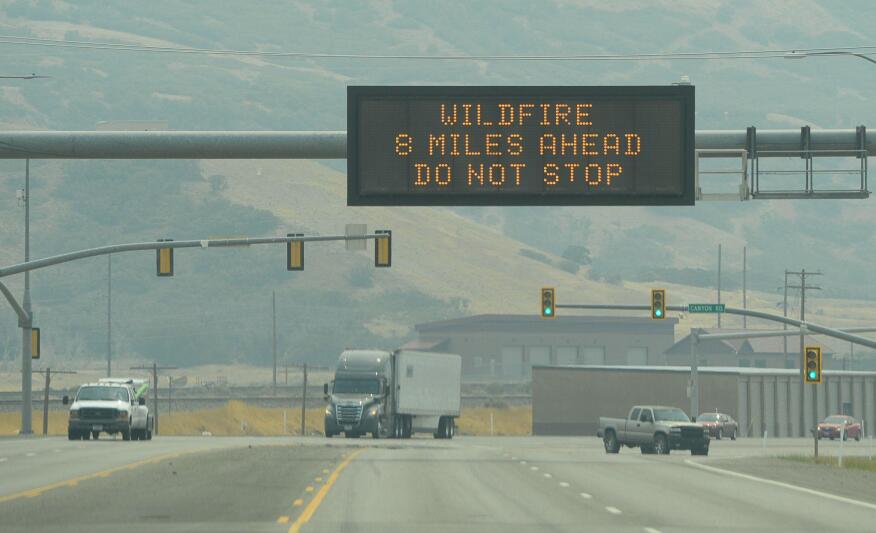
Disaster Management Manual
A manual for practitioners and decision makers!

Disaster Management Manual
A manual for practitioners and decision makers!
Traffic management is critical during disaster evacuations to minimize congestion and decrease time. Effective traffic management allows a jurisdiction to evacuate more people from a community in an efficient manner, which reduces the burden on personnel and resources.
Understanding how evacuees may react when confronted with a potential threat or hazard is critical to evacuation planning efforts. Many individuals possess the capability to evacuate from a potentially dangerous area using their own transportation with minimal or no assistance. Others may not have access to transportation or have special needs and require accessible transportation assistance to evacuate the impacted area.
Prior to a jurisdiction issuing an evacuation order, individuals may decide to self-evacuate in reaction to a perceived threat or following an actual incident that has already occurred. These spontaneous evacuees can complicate operations and add confusion to the process. Educating citizens in the identified hazard areas prior to disaster events, clearly defining evacuation routes (Figure 4.4.3-1), and providing timely threat and hazard information are ways to help lessen the impact of spontaneous evacuations.

Emergency managers should consider consulting with local tourist destination leaders to discuss the impact of tourist populations on evacuation plans and routes and to identify steps for making evacuation and sheltering decisions. 1
When planning for traffic management, jurisdictions should identify any potential issues related to each specific route (e.g., height or weight restrictions, signal timing, rail crossings) and any resources that may be needed to address these considerations.
Dynamic message signs (Figure 4.4.3-2) and portable signage along evacuation routes can help inform evacuees of respite sites, shelter locations, fuel availability, and medical treatment facilities. Additionally, other traffic incident management strategies and resources such as safety service patrols and towing should be active to maintain the efficiency of evacuation routes.

Failing to effectively manage traffic during an evacuation increases the burden on resources, extends evacuation times, increases incidents and congestion, and may leave evacuees in vulnerable conditions.